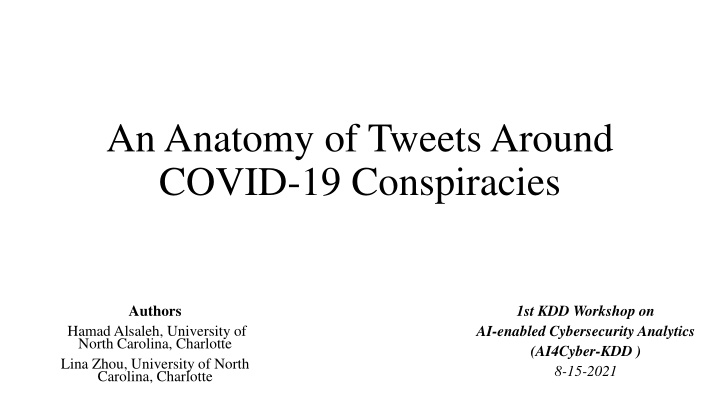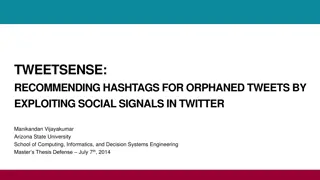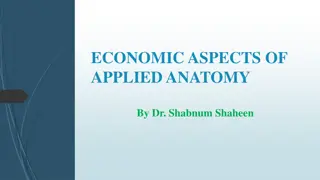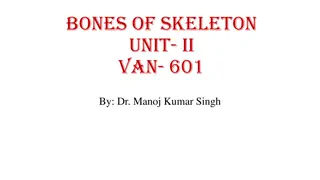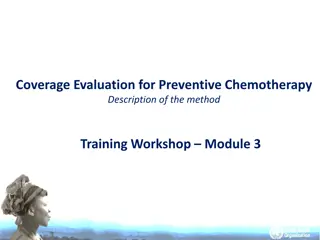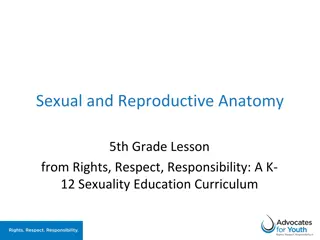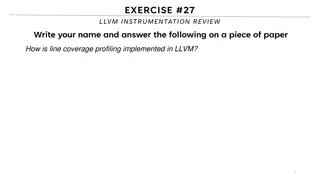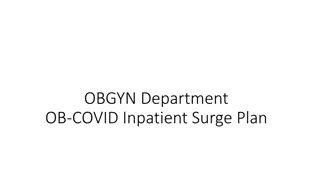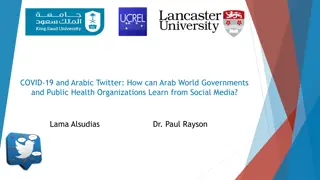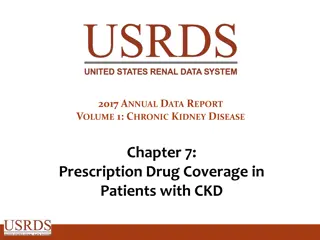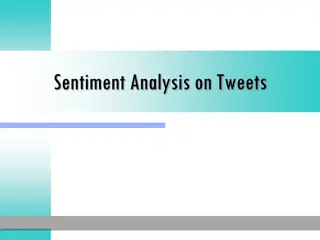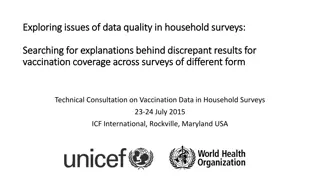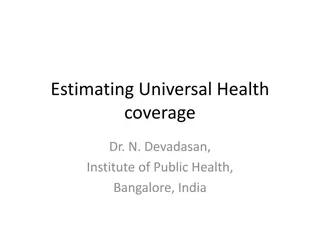Anatomy of Tweets Around COVID-19 Conspiracies: Understanding Topic Coverage and Sentiment Features
Conspiracy theories surrounding COVID-19 have been a major source of misinformation on social media sites. This study delves into the comparison of topic coverage and sentiment features between conspiracy and non-conspiracy tweets related to COVID-19. Data collection methods, analysis techniques, and results are presented and discussed in detail.
Download Presentation

Please find below an Image/Link to download the presentation.
The content on the website is provided AS IS for your information and personal use only. It may not be sold, licensed, or shared on other websites without obtaining consent from the author.If you encounter any issues during the download, it is possible that the publisher has removed the file from their server.
You are allowed to download the files provided on this website for personal or commercial use, subject to the condition that they are used lawfully. All files are the property of their respective owners.
The content on the website is provided AS IS for your information and personal use only. It may not be sold, licensed, or shared on other websites without obtaining consent from the author.
E N D
Presentation Transcript
An Anatomy of Tweets Around COVID-19 Conspiracies Authors 1st KDD Workshop on AI-enabled Cybersecurity Analytics (AI4Cyber-KDD ) 8-15-2021 Hamad Alsaleh, University of North Carolina, Charlotte Lina Zhou, University of North Carolina, Charlotte
Introduction Conspiracy theory is considered a major component of misinformation on Social Media Sites (SMS) 1. Conspiracy theory is defined as explanatory beliefs about an individual or group of people working in secret to reaching malicious goals .2 A recent survey 3 shows that around 29% of respondents believe that COVID-19 existence has been exaggerated, and 31% believe that virus was purposefully created and spread. Recent works on SMS found that posts that discuss political conspiracies exhibit different sentiment and topic features from those discussing non-conspiracy-related topics 4 . The sentiment and topic characteristics of COVID-19 conspiracies on SMS have not been examined. We aim to answer the following research questions How does the topic coverage compare between conspiracy and non-conspiracy tweets ? How do the sentiment features compare between conspiracy and non-conspiracy tweets?
Data Collection We collected tweets related to COVID-19 that occur between March 15th, 2020, and November 15th, 2020, using a Twitter scraper that leverages the public Twitter API. We handcrafted a list of hashtags and keywords for retrieving the related tweets based on a list of keywords provided by the World Health Organization (WHO) 5 and the Center for Computational Analysis of Social and Organizational Systems(CASOS) 6. We focused on five Conspiracies : 1. The virus is man-made and created by China 2. The virus is man-made and created by the US 3. The virus is created for population control. 4. Vaccination is purposefully created for malicious cause 5. Coronavirus non-existence For the conspiracy-related tweets : a tweet should contain terms from a generic list AND specific list : Generic list : e.g., #coronavirus Specific list : e.g., #Chinesevirus For the non-conspiracy-related tweets : a tweet must contain a keyword or a hashtag from the generic list, AND 2) on the same time it does not contain any customized hashtag from the conspiracy-related hashtags/keywords. We obtained a total of 491,499 conspiracy related tweets AND 86,501 fornon-conspiracy tweets.
Analysis We removed terms that exist significantly between the two datasets, and these terms include COVID-19 related terms such as covid19, covid-19, corona, virus. pyLDAvis 7 package was used to visualize conspiracy and non-conspiracy topic relationships and to tune the hyperparameters related to the word clusters. Also, we used LIWC 2015 to extract the sentiment expressed toward COVID-19 related conspiracy and non- conspiracy tweets. 8 . We focused on the overall positive and negative emotions and specific negative emotions such as anger, anxiety, sadness in our data analyses.
Results Dataset Type Topic Top 10 Words Wuhan lab, cases, deaths, wuhan, animal, source, biological, Chinese, government, weapon Conspiracy Deaths, US, conspiracy, china pandemic, network, radiation , 5G , weapon, technology, government Network Technology Bill gates China, Bill. US, government, vaccine, gates, Fauci, foundation, money, Melinda US , cases, government, protect, lockdown, positive, home, total, number, health Cases Non-Conspiracy Quarantine Health, pandemic, lockdown, stay, home, support, mask government, safe, help
References 1. A. Gruzd and P. Mai, Going viral: How a single tweet spawned a COVID-19 conspiracy theory on Twitter, Big Data & Society, vol. 7, no. 2, p. 2053951720938405, Jul. 2020, doi: 10.1177/2053951720938405. 2. K. M. Douglas et al., Understanding conspiracy theories, Political Psychology, vol. 40, pp. 3 35, 2019. 3. J. E. Uscinski et al., Why do people believe COVID-19 conspiracy theories?, Harvard Kennedy School Misinformation Review, vol. 1, no. 3, Apr. 2020, doi: 10.37016/mr-2020-015 4. C. Castillo, M. Mendoza, and B. Poblete, Information credibility on twitter, in Proceedings of the 20th international conference on World wide web - WWW 11, Hyderabad, India, 2011, p. 675, doi: 10.1145/1963405.1963500. 5. https://www.who.int/emergencies/diseases/novel-coronavirus-2019/advice-for-public/myth-busters 6. 3 https://www.cmu.edu/ideas-social-cybersecurity/ 7. C. Sievert and K. Shirley, LDAvis: A method for visualizing and interpreting topics, in Proceedings of the Workshop on Interactive Language Learning, Visualization, and Interfaces, Baltimore, Maryland, USA, 2014, pp. 63 70, doi: 10.3115/v1/W14-3110. 8. LIWC | Linguistic Inquiry and Word Count. https://liwc.wpengine.com.
